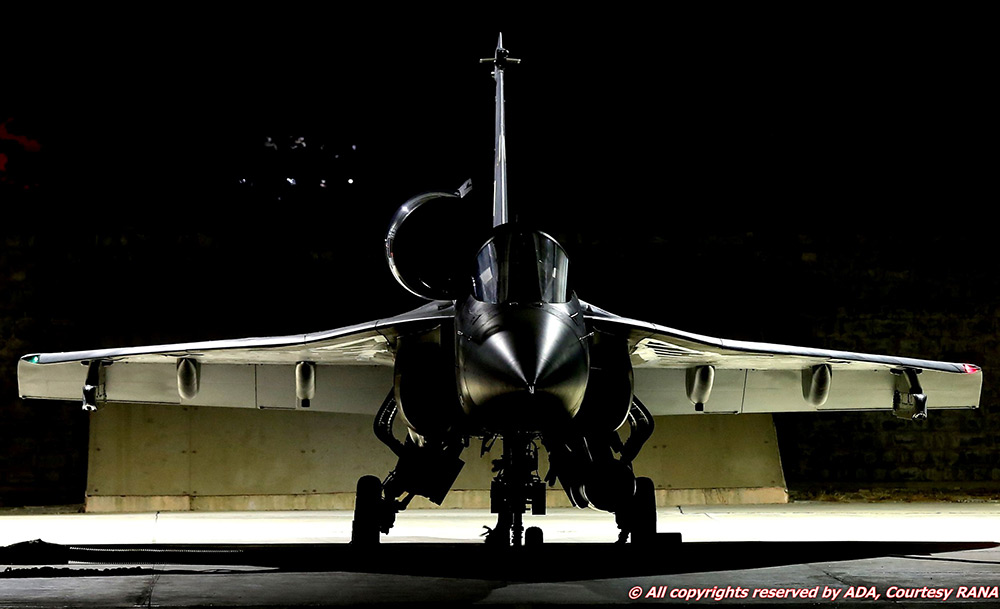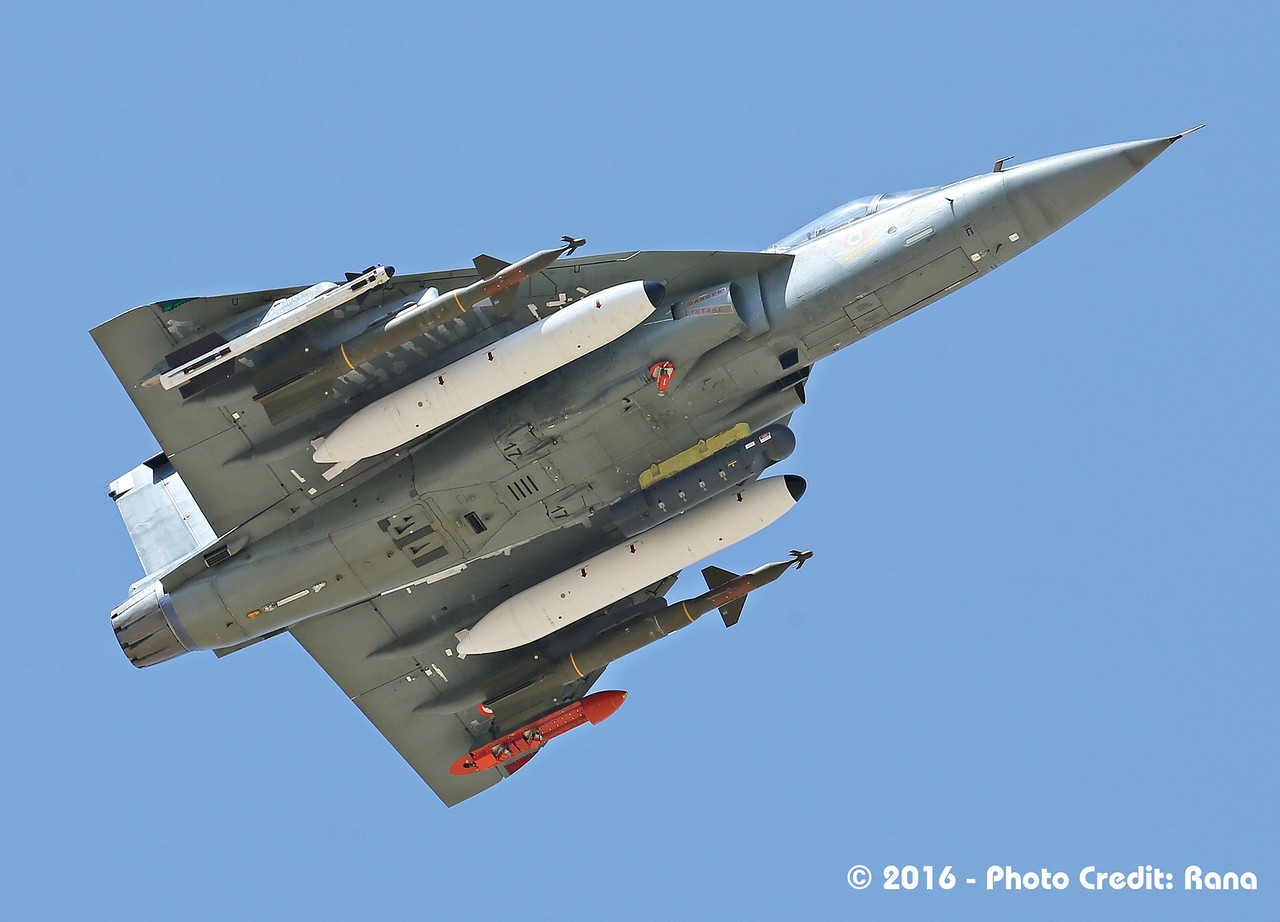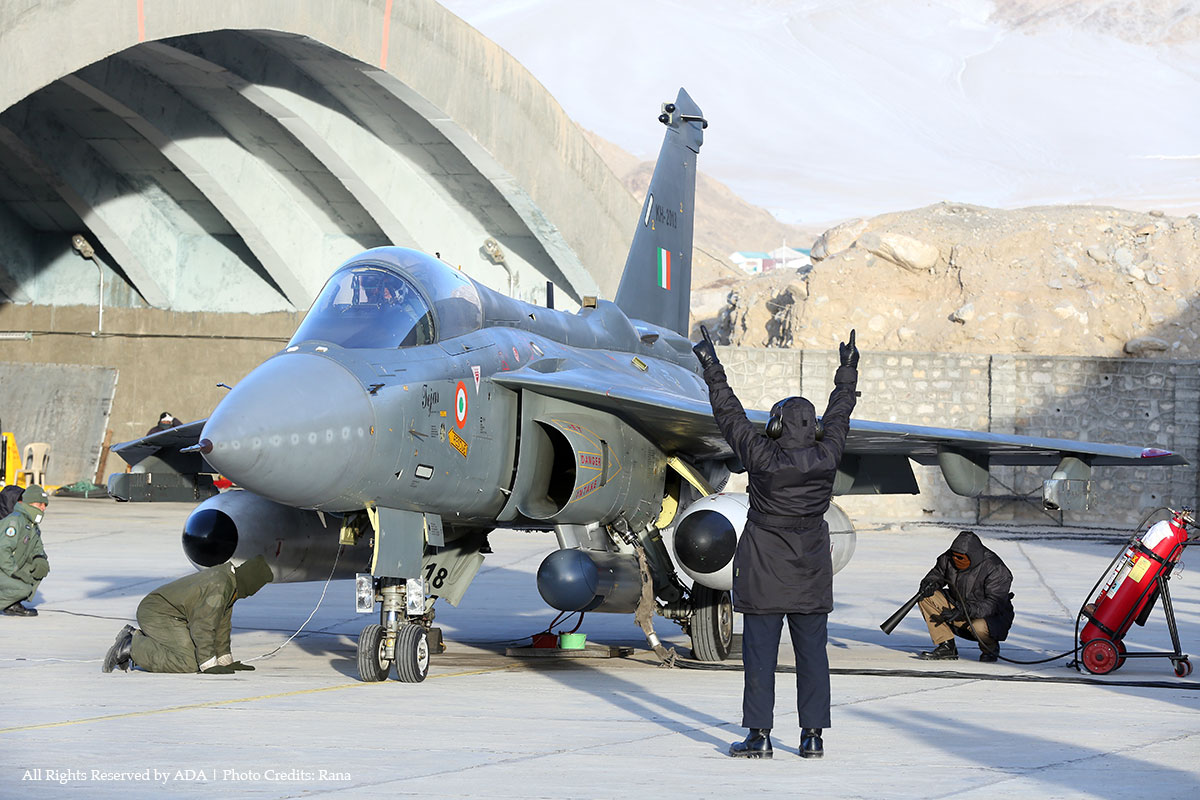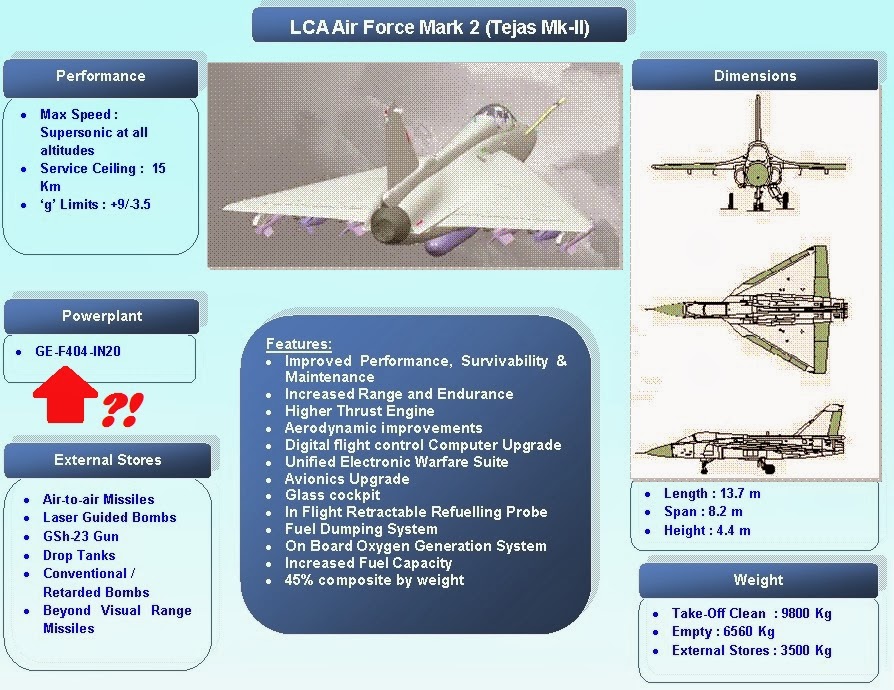PARIKRAMA
SENIOR MEMBER

- Joined
- Jan 5, 2014
- Messages
- 4,871
- Reaction score
- 185
- Country
- Location
Revealed: The LCA Tejas That The IAF Has Chosen
Shiv AroorJun 27 2016 12 25 pm



India’s home-built Tejas light fighter will finally be formally in squadron service with its primary customer, the Indian Air Force, starting Friday. On July 1, the Indian Air Force’s is all set to induct a pair of series production airframes of the Tejas Mk.1 at a planned event there’s a conspicuous lack of noise about. Sure, the number of aircraft being inducted will be a tenth it takes to call itself a real squadron. And sure, the Tejas won’t be zipping off on combat air patrol or air defence duties immediately. But the significance of July 1 has perhaps already been lost in the turbulence of both the programme, as well as the way it has by default been regarded.
In October last year, your site had advocated that the LCA Tejas needs to see service as quickly as possible. That, in a sense, is what will be beginning to happen this Friday. But as you’ve probably heard already, it isn’t the Mk.1 type of the Tejas that has the IAF all lit up, but a configuration it agreed on last year designated the Mk.1A that’ll form the true Tejas backbone in service — 80 aircraft, with the possibility of 40 more have been ordered. In the tumult of operational clearance points and timelines, not very much has been reported on the Mk.1A itself and why the IAF has its sights set on the type, and what has been reported is mostly broad.
The known updates are clear. The Mk.1A will be mid-air refuellable, sport an updated internal Radar Warning Receiver (RWR) — likely in-house kit from the DRDO’s DARE laboratory — an external Self Protection Jammer (SPJ) pod to enhance survivability and an AESA Radar, both of which the Tejas programme is scouting international suppliers for. The IAF has also stipulated that the Tejas Mk.1A needs to be able to fire different types of BVR and close combat air to air missiles. The Tejas has so far fired Vympel R-73 CCMs and a Derby BVR missile. It’ll need to prove itself using the R-77, Python-5 and DRDO Astra too. Those, Livefist learns, are on track.
The meat of the Mk.1A will be a slew of major improvements in the LCA’s squadron-level maintainability contours. It is difficult to overstate just how much importance the IAF has placed on ramped up no-nonsense maintainability, more than a milestone away from the admittedly unwieldy maintenance architecture built into the Mk.1. On maintainability alone, the Tejas Mk.1A will have the 43 improvements out of 57 planned on the bigger, more powerful Tejas Mk.2:

Improvements planned on the Tejas Mk.2, apart from the more powerful engine and attendant expansion of op envelope, include new sensors, new indigenous actuators, and a new indigenous avionics architecture. The variant will also involve the removal of 250 kg in ballast weight, a further half ton weight reduction through revised design factors, performance improvements by “aerodynamic refinements of geometry”, an internal electronic warfare suite (incorporate in the Mk.1A plan), a brand new suite of indigenous avionics systems currently under development, a new digital flight control computer, OBOGS for mission endurance. Crucially, the Mk.2 will also sport an additional LP bleed port from the engine, a safety feature to ensure crucial backup for flight-critical Bleed Air Shut Off Valve (BASOV) failure for fuel tank pressurisation. In addition, the type will get fuel system improvements, NVG compatible external lighting with LEDs.
http://www.livefistdefence.com/2016.../UQMw+(LiveFist+-+The+Best+of+Indian+Defence)
Shiv AroorJun 27 2016 12 25 pm



India’s home-built Tejas light fighter will finally be formally in squadron service with its primary customer, the Indian Air Force, starting Friday. On July 1, the Indian Air Force’s is all set to induct a pair of series production airframes of the Tejas Mk.1 at a planned event there’s a conspicuous lack of noise about. Sure, the number of aircraft being inducted will be a tenth it takes to call itself a real squadron. And sure, the Tejas won’t be zipping off on combat air patrol or air defence duties immediately. But the significance of July 1 has perhaps already been lost in the turbulence of both the programme, as well as the way it has by default been regarded.
In October last year, your site had advocated that the LCA Tejas needs to see service as quickly as possible. That, in a sense, is what will be beginning to happen this Friday. But as you’ve probably heard already, it isn’t the Mk.1 type of the Tejas that has the IAF all lit up, but a configuration it agreed on last year designated the Mk.1A that’ll form the true Tejas backbone in service — 80 aircraft, with the possibility of 40 more have been ordered. In the tumult of operational clearance points and timelines, not very much has been reported on the Mk.1A itself and why the IAF has its sights set on the type, and what has been reported is mostly broad.
The known updates are clear. The Mk.1A will be mid-air refuellable, sport an updated internal Radar Warning Receiver (RWR) — likely in-house kit from the DRDO’s DARE laboratory — an external Self Protection Jammer (SPJ) pod to enhance survivability and an AESA Radar, both of which the Tejas programme is scouting international suppliers for. The IAF has also stipulated that the Tejas Mk.1A needs to be able to fire different types of BVR and close combat air to air missiles. The Tejas has so far fired Vympel R-73 CCMs and a Derby BVR missile. It’ll need to prove itself using the R-77, Python-5 and DRDO Astra too. Those, Livefist learns, are on track.
The meat of the Mk.1A will be a slew of major improvements in the LCA’s squadron-level maintainability contours. It is difficult to overstate just how much importance the IAF has placed on ramped up no-nonsense maintainability, more than a milestone away from the admittedly unwieldy maintenance architecture built into the Mk.1. On maintainability alone, the Tejas Mk.1A will have the 43 improvements out of 57 planned on the bigger, more powerful Tejas Mk.2:
- Panel interchangeability: In the prototype stage, composite panels were built and matched to specific airframes. For the Mk.1A, tooling will be built up and panels moulded lending themselves to easy interchangeability between airframes, plus spares. The IAF won’t deal with a platform that doesn’t allow at least this level of squadron-level maintainability, so this is priority.
- Quick access: Several airframe panels that required daily servicing have a large number of screws that need to be removed — a time consuming affair that eats into the platform’s turnaround time. These will be replaced on the Mk.1A by quick release fasteners making it easier and faster for maintainers access, considerably bringing down time required to service aircraft. Importantly, quick release fasteners will remain with the panel and therefore minimise FOD chances.
- Gromets in composite panels: When fasteners are regularly used for removal and installation, there is a possibility of damage and widening of holes. Mk.1A panels will have to stop this.
- LRU positions: A number of LRUs will be repositioned for better access. Current configurations make it nuisance to access frequently used LRUs.
- Additional aids: The Mk.1A package will contain ground handling aids and testers to enable speedier turnaround of aircraft

Improvements planned on the Tejas Mk.2, apart from the more powerful engine and attendant expansion of op envelope, include new sensors, new indigenous actuators, and a new indigenous avionics architecture. The variant will also involve the removal of 250 kg in ballast weight, a further half ton weight reduction through revised design factors, performance improvements by “aerodynamic refinements of geometry”, an internal electronic warfare suite (incorporate in the Mk.1A plan), a brand new suite of indigenous avionics systems currently under development, a new digital flight control computer, OBOGS for mission endurance. Crucially, the Mk.2 will also sport an additional LP bleed port from the engine, a safety feature to ensure crucial backup for flight-critical Bleed Air Shut Off Valve (BASOV) failure for fuel tank pressurisation. In addition, the type will get fuel system improvements, NVG compatible external lighting with LEDs.
http://www.livefistdefence.com/2016.../UQMw+(LiveFist+-+The+Best+of+Indian+Defence)












 this "squadron" will have two aircrafts ...
this "squadron" will have two aircrafts ... 
